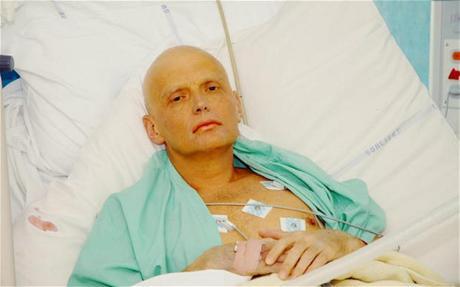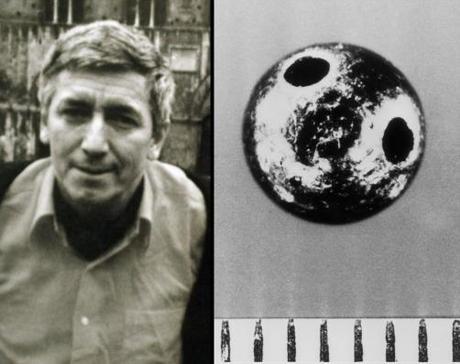Using chemicals for murder is not a new concept. It's been around for many centuries. Socrates was killed with hemlock, and arsenic became so popular that it was known as "inheritance powder," for obvious reasons. Chemicals have also been used in political assassinations.
Recently Kim Yong Nam, the half-brother of North Korean leader Kim Jong Un, was apparently assassinated using Sarin. It seems that a pair of young ladies had the toxin on their hands and made contact with the victim, transferring the toxin, causing his death. The details of exactly how they pulled this off are unclear. One of the big questions is how did they avoid poisoning themselves? The first thought of course is that they wore latex surgical gloves or something similar but that doesn't appear to be the case. The second thing that came to my mind is that maybe they placed a barrier such as petroleum jelly on their hands before applying the Sarin or VX but this doesn't appear to be the case either - - and this would be a risky move. Many have speculated that they took the antidote for this poison ahead of time. This makes sense and is definitely possible.
Sarin and VX are organophosphates similar to many insecticides. They are also classified as anti-cholinesterases in that they bind with the enzyme cholinesterase and block its actions. Cholinesterase is essential for nerve transmission throughout the human body. It's complex biochemistry but in the end this chemical causes widespread derangements in normal bodily functions.
The symptoms that result are numerous and include chest pain, shortness of breath, headache, nasal congestion, constricted pupils, nausea, anxiety, seizures, and ultimately death. The treatment for Sarin exposure is to employ chemicals that counteract or override this derangement. The most common ones are atropine, Pralidoxime, and lastly the sedative and anti-seizure drug diazepam.
It is entirely possible that the young ladies involved in this assassination had pretreated themselves with atropine and possibly Pralidoxime. In fact the US military has such antidotes prepackaged in an autoinjector that is known as Mark I NAAK - -NAAK stands for Nerve Agent Antidote Kit. This is the most likely explanation for how they pulled this off.
Political assassinations using chemicals are not new. In 2006 Alexander Litvinenko was poisoned with polonium 210 that had apparently been placed in his iced tea.

Dioxin was the culprit in the death of Viktor Yushchenko.

Perhaps the most famous chemical assassination took place in 1978 when Georgi Markov was jabbed in the leg with a point of an umbrella. At first it seemed to be an accident, no big deal, a mere pin prick, but Markov's health quickly declined and he ultimately died. It was later found that a tiny pellet containing ricin had been injected into his leg, supposedly by the KGB.

Deadly chemicals have been around for many millennia and have been used many times to bring about the death of others, political or otherwise.
